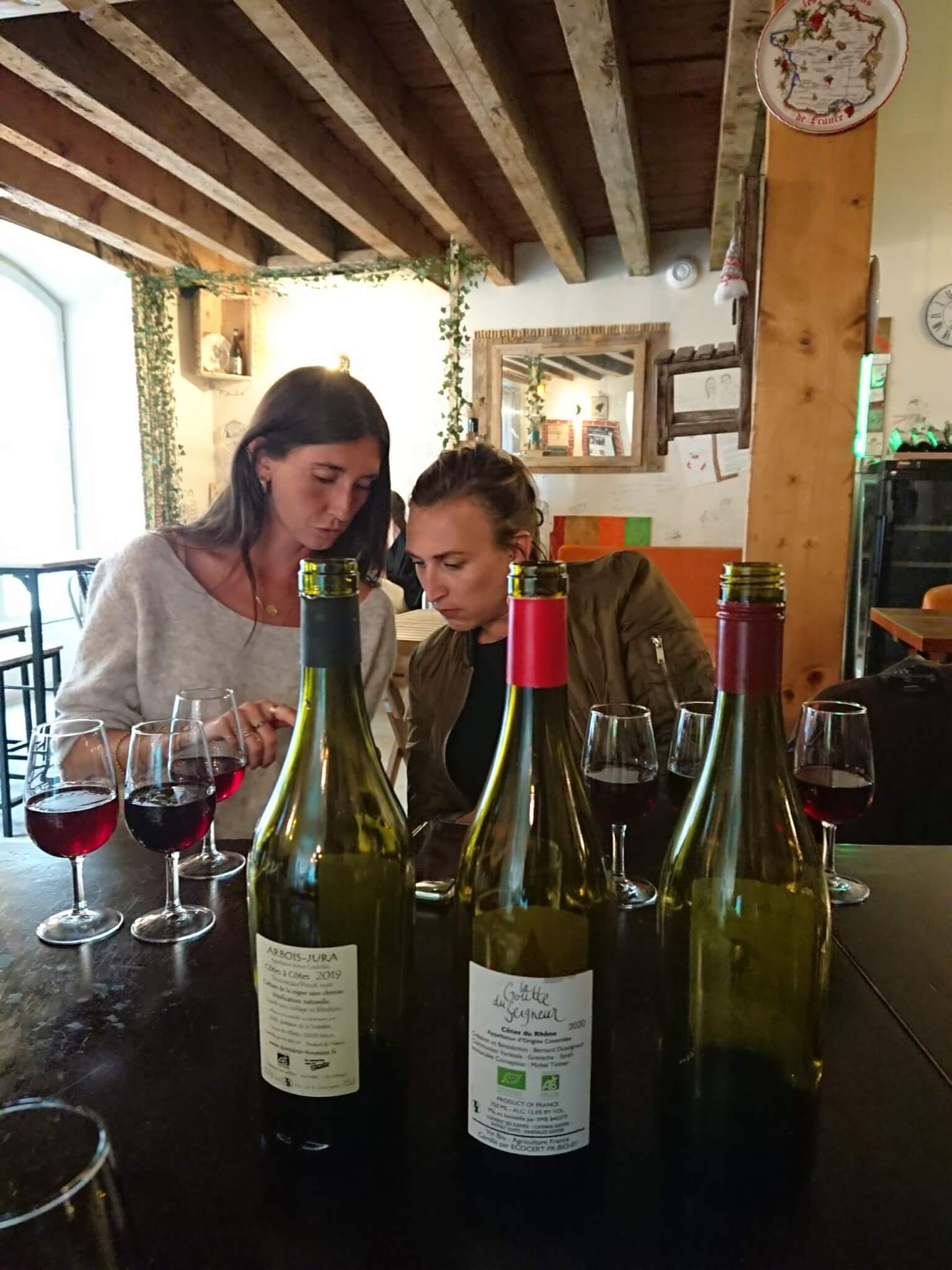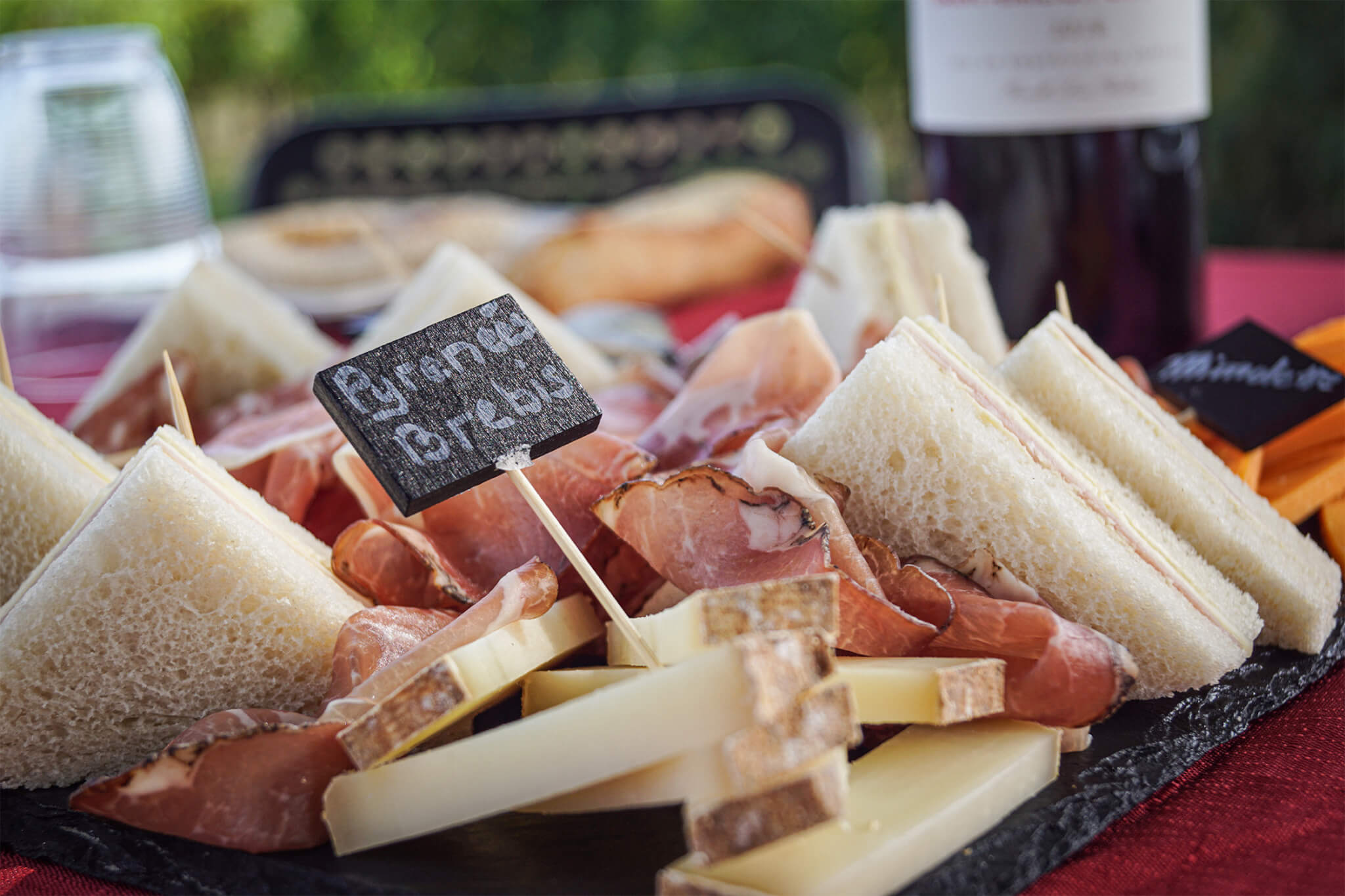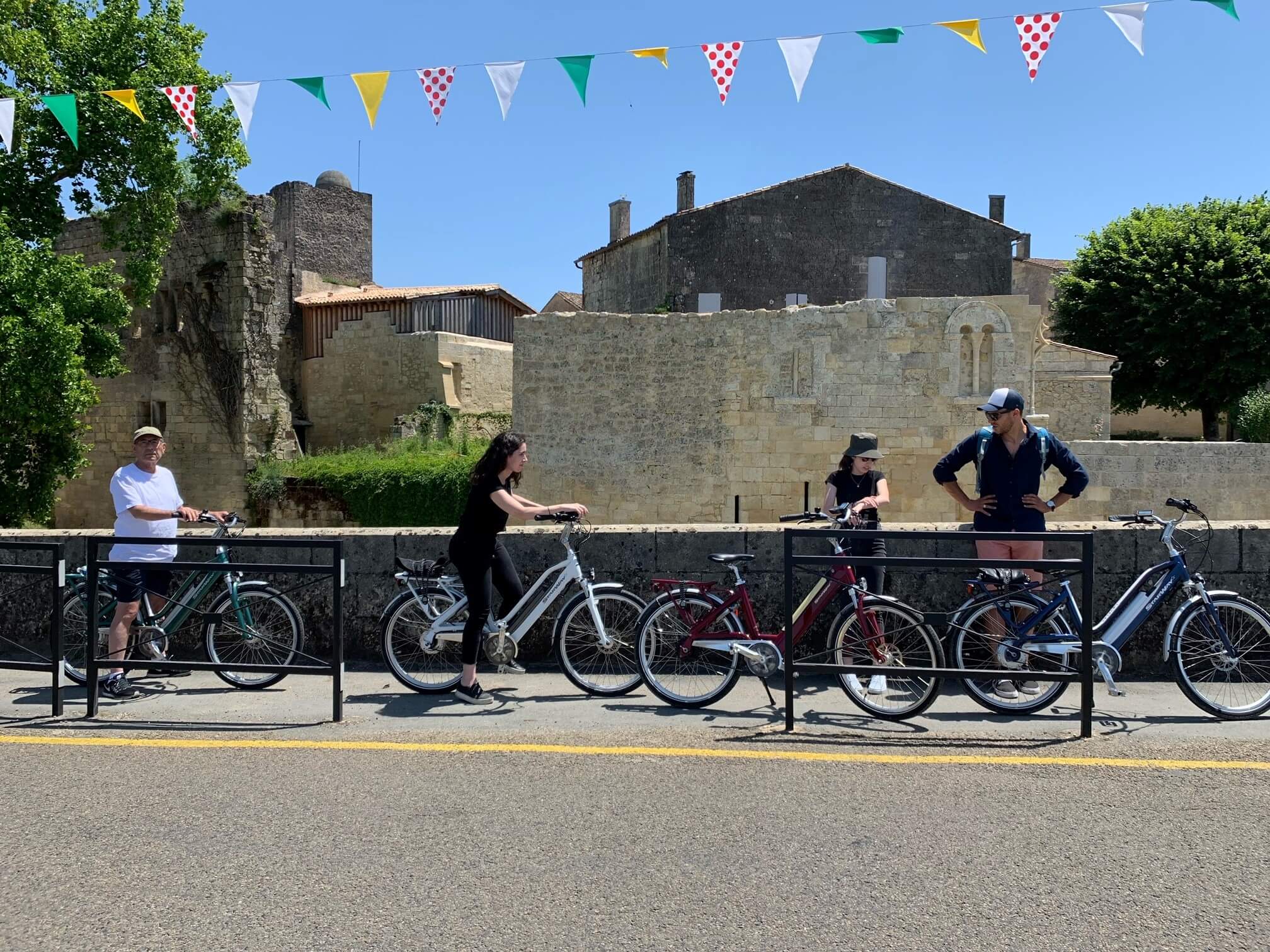Bordeaux Tasting Notes & flavours
Red Bordeaux Primary Flavors: Black Currant, Plum, Graphite, Cedar, Violet
Bordeaux reds are medium- to full-bodied with bold aromas of black currant, plums and an earthiness like smelling wet soil or pencil lead. Depending on the quality, vintage and what region within Bordeaux the wine is from, fruit flavors range from more tart fruit to sweeter ripe fruit. When you taste the wines, they burst with mineral and fruit notes that lead into prickly, savory, mouth-drying tannins. The tannins are often high enough that wines will age for several decades. This is mostly related to the grapes used in the blend as well as the french oak barrel ageing…The best way to understand what we call ‘Terroir’ is to hop on one of our of wine tour!
Speaking of aging, one of the secrets to finding great Bordeaux has a lot to do with seeking out great vintages from the region (great vintages seem to come along 1–2 times every 5 years) and then stocking up. Even affordable wines are great on a good vintage in Bordeaux. With weather changing, great vintages seem to happen more often, 2015 & 2016 aere both amazing vintages with a great ageing potential.
The Blending, a Bordeaux thing
One of the most important things to understand about Bordeaux wines is that they are a blend of grape varieties for most of them. The red Bordeaux Blend is one of the most copied around the world and it includes Cabernet Sauvignon, Merlot, Cabernet Franc, Petit Verdot and Malbec (with tiny amount of Carménère). It’s like alchemy, we believe that 1 + 1 = 3. The result is always more complexe that the simple addition of 2 different grapes. Of course, the proportion of the grapes in the blend will make a difference to the flavor (see the major blends below). Come on this tour with Bordeaux Wine Trails to learn the art of blending Merlot and Cabernets!
How to serve Bordeaux wines
Bordeaux wines usually taste best after they’ve opened up (e.g. been decanted). By Eddy Welker
With their beautiful labels and green glass, Bordeaux bottles have an elegant look on the table. Here’s what to know about serving this wine:
- Red Bordeaux is best served just slightly below room temperature (around 65 °F / 18 °C).
- It’s always a great idea to decant red Bordeaux wines.
- Store Bordeaux and all your red wines below 65 °F / 18 °C.
- A decent vintage and solid producer (around 19 EUR+) will easily age for 15 years. More if it’s made with Cabernet Sauvignon grapes
- Again, there is no rules, always ask the vendor of even better the winery when you come with us on a wine tour.
Pairing Food with Bordeaux Wine
Steak frites (the local steak and chips dish) might just be the perfect complement and most simple to red Bordeaux. The boldness of Bordeaux compliments the umami in the meat and the wine’s grippy tannins are smoothed out by the dish’s fat content. In fact, Bordeaux wine will taste sweet and fruity against this rich meaty backdrop. The steak frites example shows us that when pairing foods with Bordeaux, you’ll want to seek out foods with a.) plenty of umami and b.) enough fat to counteract tannin.
Let’s not forget the sweet wines. We can organize a tour in Bordeaux to show you that sweet wines goes beautifully with local savoury food.
Most of our tours are paired with a great deal of local food, perfect to enjoy with a French aperitif!





